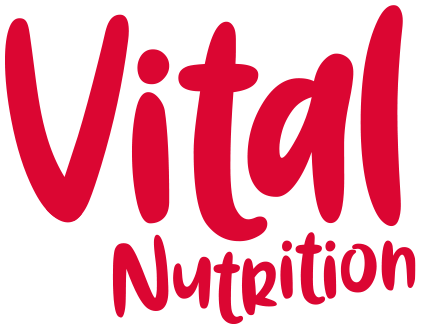Top tips to feed your skin from within
Your skin is a reflection of what is going on inside your body and can give clues when something is out of balance. When we are stressed out, have eaten too much sugar or had too many late nights, it starts to show on our skin with dark circles, dull skin, dryness or spots.
Taking care to feed your skin with the right nutrition will go a long way to reducing dryness and irritation, balancing oiliness or redness and may even reduce the appearance of fine lines and wrinkles.
If you take time to look at the ingredients on your pot of moisturiser, you will probably find a lot of nutrition crammed in there - from vitamin C and collagen to peptides and coQ10, beauty product manufacturers know how effective these nutrients are.
I would argue that you could spend a small fortune on lotions, potions, gels and serums, but if you are not getting the basic building blocks of your nutrition right, then even the most expensive cream will have limited effects.
So here are my hot tips to help you feed your skin from within.
For hydration
It takes more than drinking water to moisturise your skin. Pack in plenty of healthy fats from oily fish, good quality olive oil, nuts (especially almonds, brazil nuts and macadamia nuts) and seeds (flax, chia, sunflower and pumpkin seeds). These healthy omegas help to keep your skin plump and moisturised from the inside out. They are also effective at balancing inflammation, so important for any inflammatory skin condition like eczema or acne.
HOT TIP: Drink 2 litres of water and eat a small handful (about a tablespoon) of nuts and seeds a day, and have oily fish 2-3 times a week.
For line and wrinkles
Collagen and elastin are the key to soft and supple skin. Collagen gives your skin its strength and structure, and elastin helps with the elasticity and firmness of your skin, so it springs back into shape and makes fine lines appear softer.
Although levels of these proteins decrease as we age, taking in the right nutrition may help reduce signs of ageing by supporting their production.
Pack in plenty of good quality protein from lean meat, fish, chicken, dairy products, nuts and seeds, and pulses and make sure you are getting enough vitamin C to help with the product of these key skin molecules. Peppers, berries, oranges, kiwis and green veg are good sources of vitamin C.
HOT TIP: Eat a palm size portion of protein with every meal and at least five portions of fruit and veg a day. Take supplements with 500mg vitamin C daily.
For redness
Redness in your skin is an indication of inflammation. Anti-inflammatory foods include oily fish, olive oil and avocado, but also look to the Mediterranean diet for clues too, as a colourful diet, packed with vegetables and fruit can help support a more balanced inflammatory response in the body.
HOT TIP: Eat a rainbow of colourful fruit and veg every day (red, orange, yellow, green, blues and purples) and pack in the healthy fats every day (see above).
For pimples and spots
Reducing sugar in your diet is a good place to start if you are getting spots on your skin. A high sugar diet can play havoc with hormones, and as acne can be hormonal, this is the first step in the right direction. Next look to zinc as a key nutrient for spotty skin. Found in shellfish, red meat, nuts and seeds, zinc may help promote skin healing.
HOT TIP: Keep an eye on your sugar intake and cut back on sugary treats.
This blog post first appeared as my column in The Irish News on Saturday 11 September 2021.

